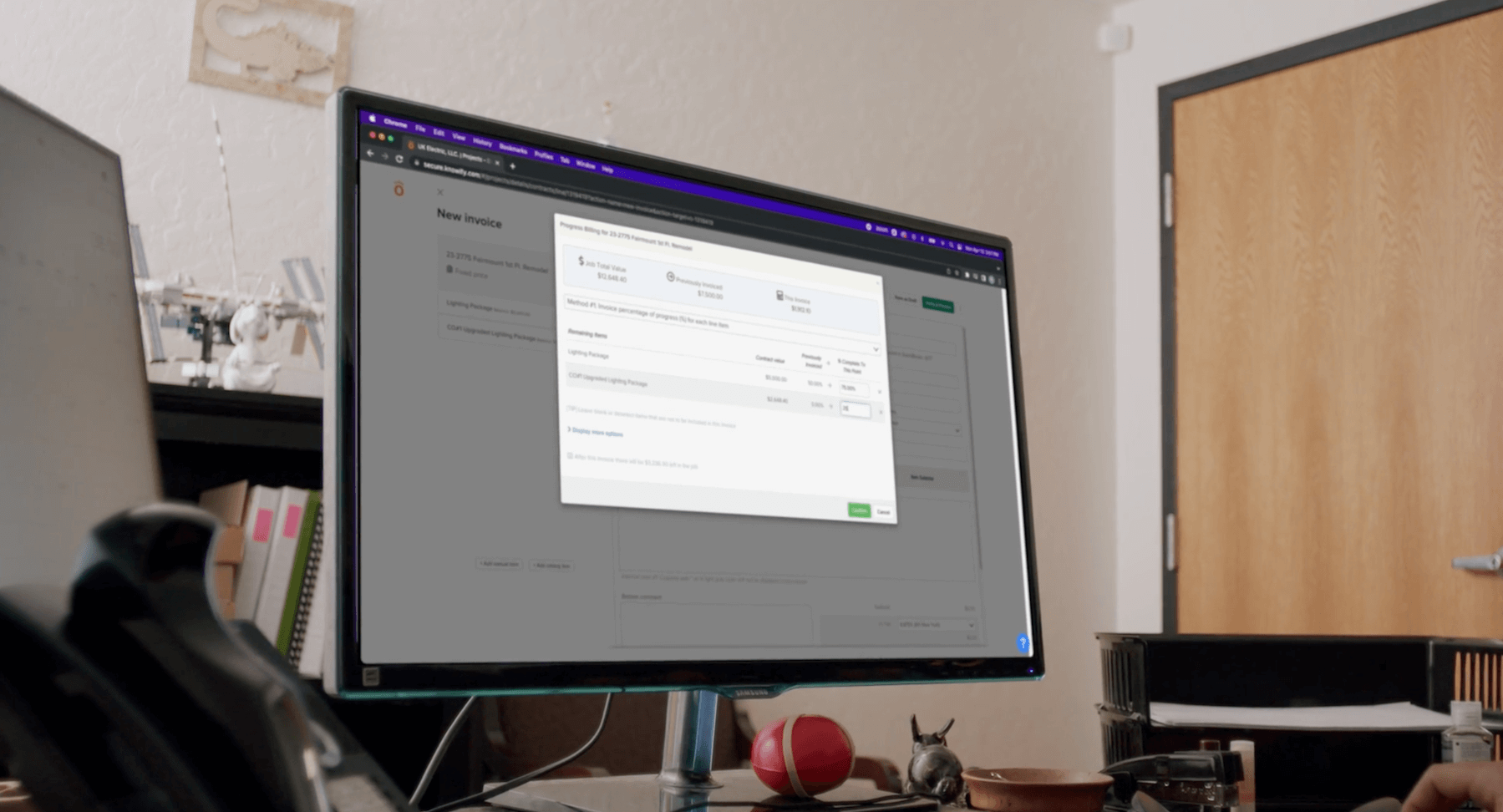According to Sam Ro, managing editor of Yahoo Finance, life is good for American homebuilders. He cites the earnings of such large residential developers as the publicly-traded PulteGroup (PHM), which reported a 41 percent increase in home sales revenues and a new order pipeline that jumped up 21% to $2.1 billion.
Good business = good economics?
Well… according to the US Department of Labor, the US economy looks great. Earlier this summer, 287,000 new jobs were added, well over the 180,000 new jobs economists expected. Retail sales are strong. Mortgage rates are low. Banks are lending.
In many areas, the supply of homes for sale remains tight. This is especially true in the affordable entry-level segment of the market—homes for first-time buyers and replacement homes for existing homeowners looking to upgrade. According to a Zillow Real Estate Market Report released this summer, homes are selling faster than they have since 2010.
The issue is inventory. In many parts of the country, the urge to buy far outstrips the supply for sale. Nationally, there are 4.7 percent fewer homes on the market than there were a year ago. Rising home prices do make it tempting for current owners to sell, but then what? Where will they go to? Concerned they may not afford an affordable replacement home, many do not put their houses on the market.
Good news for big contractors… what about you? For many residential GCs, commercial/residential subcontractors, and the trades, business also is booming. Buoyed by people staying put, and renovating.
Boomers who stay in their homes, renovate to accommodate changing lifestyles, changes in mobility, even boomerang children and grandchildren. First-time home buyers, looking to move, are stymied. So, they often “upgrade in place,” throwing up new walls, upgrading fixtures, or otherwise sprucing up their current living situations—even as renters.
Some contractors say they are so busy, they don’t even have time to bid on new business. Bad. Bad. Bad.
Sales pipelines demand filling
If this is your first rodeo as the owner of a construction-related company, you should know these good times will not last forever. For those who’ve survived a recession or two… how many times do prospective client have to call your cell phone before you finally send them your estimate? We all know that today’s jobs will end. And then what will you do? Start looking for business before or after you run out of money?
Estimating should be easy—click, click, send If you’re meeting with prospects, you’ve already invested substantial time. Don’t let it go to waste. Send over your estimates.
If paper is a problem, then automate. You’re a contractor and a business owner, not a paper shuffler. So, maybe it’s time to give up your Excel spreadsheets for something more efficient?
Ask your bookkeeper, or your accountant about tools and technologies designed to help you work on your business, not in your business. Ask about tools that help you run your business with an eye towards delivering profitable returns on every job you take on. They are out there!
Smart operations matter
Are you bidding accurately? Allocating time and materials appropriately? Do you know where your people are and what they’re doing? You should.
Accessing tools to deliver real transparency into hours, job assignments, client management, and productivity helps you ensure existing projects stay on schedule and on budget, and help you quickly collate and submit estimates for new business. These tools can mean the difference between eking out a living and making real money. And maybe even cut down the back office cleanup you do nights and weekends.
How do you get there? Do your research. Knowify, for one, can help. We’re already helping contractors integrate their business management needs with accounting systems like QuickBooks from an easy-to-use interface accessible from any device—in the field and in the office.
If you have any questions or wish to share your feedback, you can find us at support@knowify.com.
Knowify. Built for the real world.
 QuickBooks
PricingTraining & support
QuickBooks
PricingTraining & support




